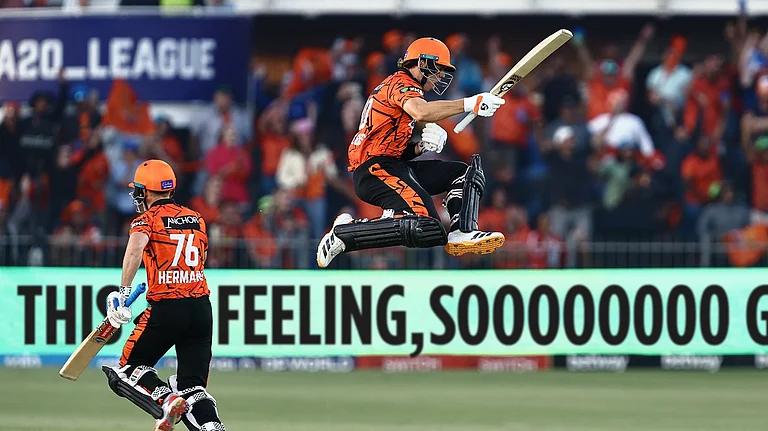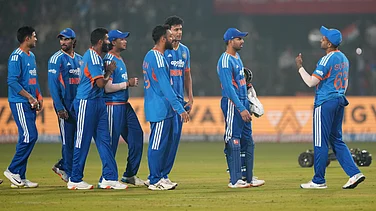Chewing on the novel, I wondered how such a scene would have been enacted in Calcutta.Would the climactic background be a football match or a cricket game? After somehesitation, I must confess—cricket would lose out to football. So why does Bengalstill prefer football to cricket?
Of course, the standard answers are well known. Cricket till independence was acolonial tradition, a game for junior princes and nawabs while football in Calcutta was aworking class obsession, a mass game. Legend still celebrates Mohun Bagan’s victoryover the East Yorkshire regiment. It is fair to add that the only sharpshooters Bengal hadwere not terrorists but footballers. Their assassins always missed.
Other folklorists like Ghanshyam Dutt observe that while cricket was high brow,football as a working class game was a perfect accompaniment to communism. Footballprovided the carnivalesque complement to the revolution. Every move on the field was ashotly contested as a party manoeuvre. It is not that Bengalis did not love cricket. But noIndian would call cricket a team game. Cricket in India, from Mushtaq Ali and Hazare toGavaskar and Tendulkar, has always been an exercise in individual heroics. It was a scrapbook of solos but never a symphony. As behaviour, cricket in India was closer toliberalism and individualism.
One has to think of the group solidarities each game offers within the framework ofpolitical economy. The key word is not nation but club. Cricket clubs in the presidencytowns of Bombay, Madras were popular middle-class entities, but those in Calcutta were adifferent species. They were snootier entities. My colleague Sujit Deb claims that aperson often had to borrow fine clothes to report in his Sunday best for a cricket match.Oddly football clubs like Mohun Bagan had as addendums cricket clubs that were high-browaffairs. Eventually, the bhadralok played cricket but watched football. One was a colonialindulgence; the other a mass ritual. If you think of solidarities that range from club,ethnic group, state and nation to the globe, cricket in Bengal only dominates at the levelof the nation-state. Let me add that if Lagaan were a Bengali film, it would be scripted around football.
We have to ask one last question. How come football’s so popular when we play sobadly? The revelation came when the World Series came on TV. We discovered that ananalysis of our deficiencies was like "memories of underdevelopment". But itdidn’t matter for two reasons. Firstly, because football is about primordialloyalties, an enactment of a mythical play. Here, it is the feud that is important withthe occasional heroics. Some anthropologists have argued that the encounter between EastBengal and Mohun Bagan is a ritual replaying of the partition of Bengal, an enactment ofthe division and unity between the two lost halves, with Mohammedan Sporting adding to themulti-cultural drama.
And if you want heroes, we import them.If we require genius, we switch on the TV. Secondly, football makes us realise that the real hero is the spectator. The actual artform is not the game but the commentary. Worse, it is not the player but the spectator whohas killer instincts. Quarrels between rival groups can be more lethal than the match.Next to our crowds, even British hooligans are pale Barbie dolls. It is the creativity ofthe spectator and game as text that we celebrate. We can afford to play bad football aslong as we play at football. It is the dream that counts.
























